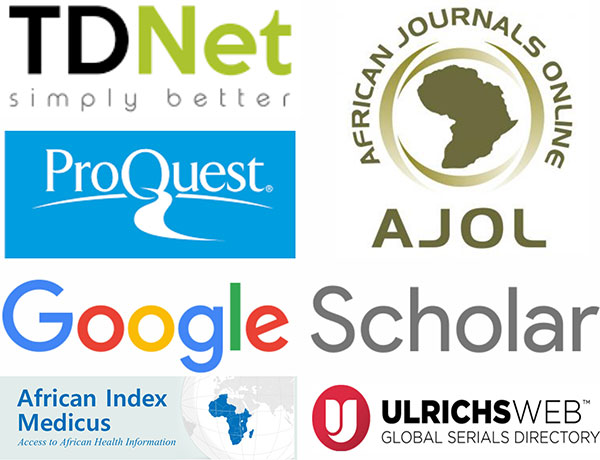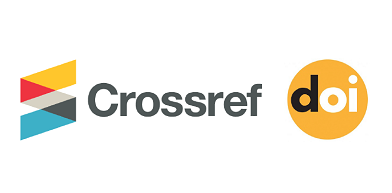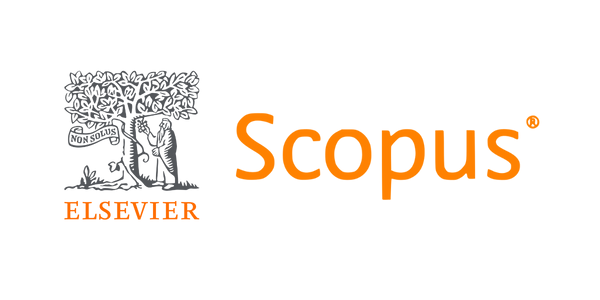Extended Parallel Processing Model (EPPM) in Understanding the Effectiveness of Public Health Communication During COVID-19 Epidemic in Nigeria: A Thematic Review
DOI:
https://doi.org/10.61386/imj.v18i4.812Keywords:
COVID-19, Nigeria, health communication, Extended Parallel Processing Model, fear appealsAbstract
Context: The Coronavirus Disease 2019 (COVID-19) pandemic brought significant health and economic challenges to Nigeria. It revealed weaknesses in healthcare systems, governance, and public trust. Effective health communication played a key role in shaping public responses. However, misinformation, cultural beliefs, and limited resources undermined compliance with preventive measures and vaccine acceptance. This review uses the Extended Parallel Processing Model (EPPM) to evaluate health communication's effectiveness during the pandemic in Nigeria.
Materials and Methods: A thematic review of peer-reviewed literature and government reports focusing on how Nigeria perceived and responded to COVID-19 health messages.
Results: The evidence showed that government and media campaigns emphasized the severity and personal danger of COVID-19, leading to an increased perception of threat. However, many communities, particularly those in rural and underserved areas, lacked clear efficacy signals, such as access to preventive resources, trustworthy guidance and confidence in government measures. This imbalance led to different behavioral outcomes. Groups with high threat perception and strong efficacy, like health workers and urban residents with reliable information, took danger-control actions. They practiced consistent mask-wearing, hand hygiene, and vaccine uptake. In contrast, groups that felt a high threat but had low efficacy turned to fear-control actions, including denial, avoidance, or belief in conspiracy theories.
Conclusion: The findings show that effective communication involves more than just increasing fear about disease. Sustainable behavior change relies on combining high threat perception with strong efficacy signals. Recommendations include involving trusted local influencers in campaigns, ensuring access to preventive tools, tailoring communication to fit various cultural and socioeconomic contexts, promoting transparency, and connecting health messaging with socioeconomic support.
By placing Nigeria’s COVID-19 response within the EPPM framework, this review emphasizes the need for culturally sensitive, community-focused, and resource-supported communication strategies to improve pandemic preparedness and resilience in low-resource areas.
Downloads
Published
Issue
Section
Categories
License
Copyright (c) 2025 Enangama VIP, Motilewa OO, Muhammed BS, Ogidi AW

This work is licensed under a Creative Commons Attribution 4.0 International License.










